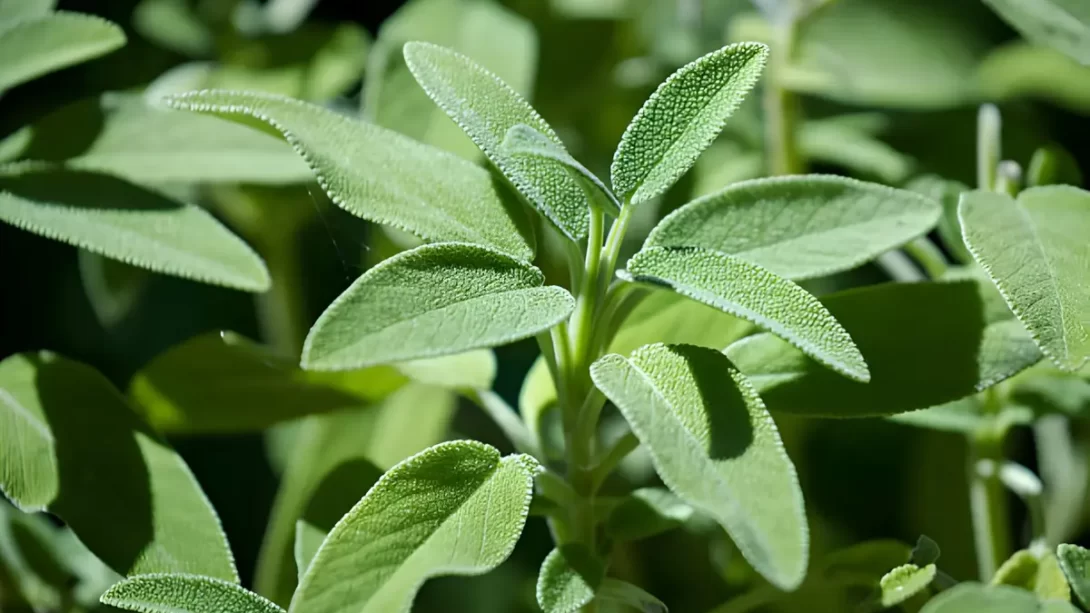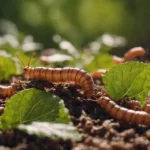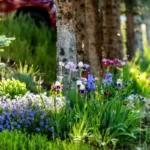Sage, renowned for its culinary and medicinal uses, has long been a staple in gardens and kitchens worldwide. Beyond its popular use as a seasoning, sage is often touted for its ability to repel insects. This article examines the bug-repelling properties of sage, exploring both traditional beliefs and scientific evidence.
Overview of Sage
Sage, or Salvia officinalis, is a perennial herb belonging to the mint family. It is characterized by its woody stems, grayish leaves, and purplish flowers. Native to the Mediterranean region, sage has a rich history in culinary, medicinal, and cultural practices. Its aromatic properties have made it a popular choice in cooking, while traditional medicine has used it for its supposed health benefits, including as a natural insect repellent.
Sage’s Bug-Repelling Properties
The belief that sage can repel insects is rooted in its strong aroma and essential oils. The plant contains compounds like camphor, cineole, and thujone, which are thought to be unappealing to many insects. Anecdotal evidence suggests that sage can deter a variety of bugs, including mosquitoes, moths, and flies. The practice of burning sage, also known as smudging, is a traditional method used to cleanse spaces of pests and negativity, further pointing to its reputed repellent qualities.
Scientific Evidence on Sage as an Insect Repellent
The scientific community has shown interest in validating the traditional claims about sage’s insect-repelling properties. Various studies have investigated the efficacy of sage’s essential oils and extracts as a natural insect deterrent. While some research indicates that certain compounds in sage may indeed repel specific types of insects, the overall effectiveness can vary. Comparatively, sage may not be as consistently effective as some commercial repellents, but it presents a more natural and environmentally friendly option.
Using Sage as a Bug Repellent
For those interested in using sage as a natural insect repellent, there are a few practical methods. One common approach is burning dried sage leaves, a practice known as smudging, which is believed to help repel mosquitoes and other insects. The smoke and aroma released during this process are thought to be unappealing to bugs. Alternatively, homemade sprays using sage essential oil can be applied to skin or clothing, or used in outdoor spaces to deter pests. However, it’s important to test for any allergic reactions and use sage oil diluted to safe concentrations.
Limitations and Considerations
While using sage as a bug repellent can be a natural and pleasant-smelling method, it’s important to be aware of its limitations. The repellent effect of sage, particularly when burned, is often temporary and may not provide long-lasting protection. Additionally, individuals with respiratory issues or allergies should exercise caution, especially when burning sage, as the smoke can be irritating. The effectiveness of sage in repelling various insects can also differ based on the species and environmental conditions.
Alternative Natural Bug Repellents
For those seeking alternatives to sage or looking to complement its bug-repelling properties, there are several other natural remedies. Plants like citronella, lavender, and lemongrass are known for their insect-repelling abilities and can be used in similar ways to sage. Essential oils derived from these plants can be made into sprays or applied via diffusers to deter insects. Marigolds and garlic are also popular in gardens for their natural ability to repel pests. These alternatives offer a range of options for those preferring natural methods over chemical repellents.
Conclusion
In conclusion, while sage is traditionally believed to repel bugs, and some scientific studies support this claim, its effectiveness can vary. Sage, particularly when burned, may offer temporary relief from pests like mosquitoes and flies. However, its use as a repellent should be considered alongside other natural methods for a more comprehensive approach to pest control. Understanding the limitations and proper usage of sage and similar natural repellents is crucial for achieving the best results. As interest in sustainable and eco-friendly living grows, exploring natural options like sage becomes increasingly relevant for those seeking to harmonize their lifestyles with nature.



